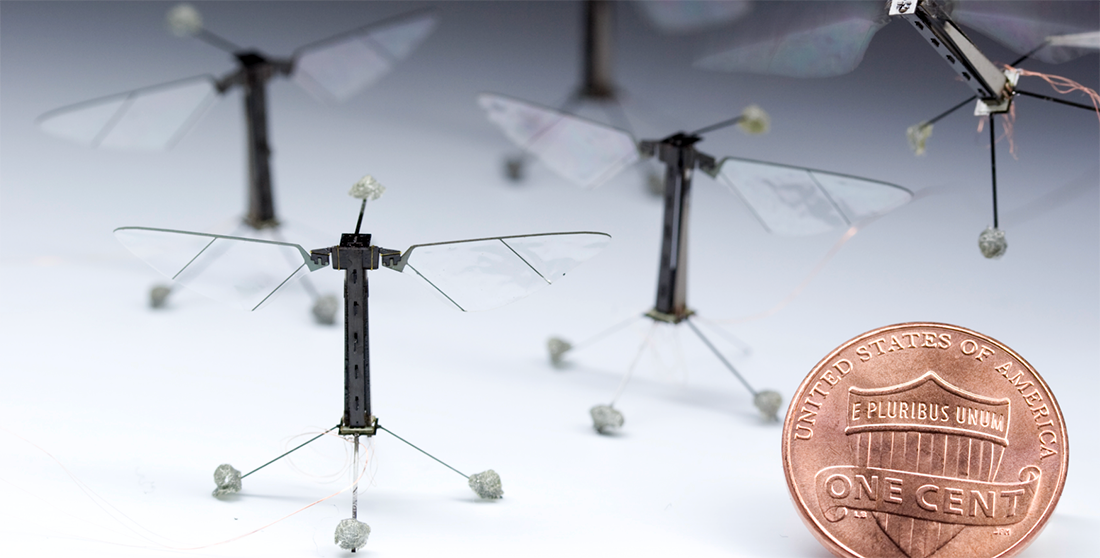 Kerby Anderson
Kerby Anderson
If he was alive today, John Deere might not even recognize the company that bears his name. As a blacksmith, he realized that farmers needed a better plow for the dense black soil of the Midwest. He took a broken steel saw at a mill and fashioned it into a plow. Soon he was mass producing them.
Today John Deere manufactures lots of agricultural technology. I would recommend you visit the John Deere Pavilion and get a tour. But if you want to understand the future of agriculture, you might also pay attention to the fact that company is building robots.
That is just one of the insights in the new book, The Coming Wave. We are going to be seeing robots and artificial intelligence devices everywhere, although we might not realize that we are seeing them. Autonomous tractors and combines may not look like the robots we see in science fiction movies, but they will be doing more and more of the agriculture of the future.
Robots will be planting, tending, and harvesting crops with a high level of precision. Drones will be watching livestock. Computers and robots will be measuring soil quality, moisture, and weather conditions.
Some agricultural robots will be hard to see because they will be the size of bees. There has been some concern (perhaps overblown) about the reduction in bee populations. That is why Walmart filed a patent for robot bees to cross-pollinate crops autonomously. A RoboBee created at one research institute measures about half the size of a paper clip and weighs less than one-tenth of a gram. It flies using “artificial muscles” compromised of materials that contract when a voltage is applied.
Robot technology is changing agriculture. In fact, robots may soon be helping to feed the world. 
 Listen Online
Listen Online Watch Online
Watch Online Find a Station in Your Area
Find a Station in Your Area










 Listen Now
Listen Now Watch Online
Watch Online
